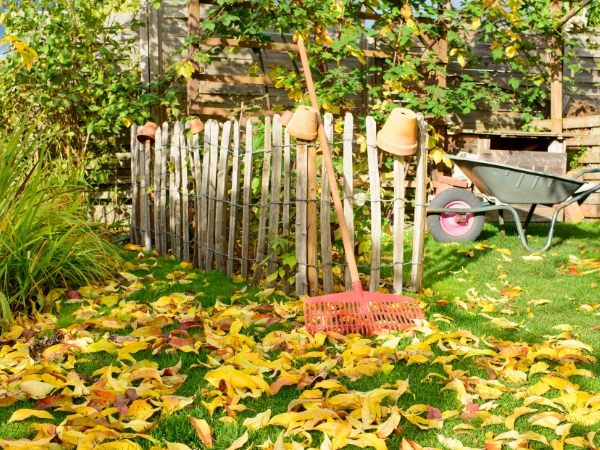
This Fall, Let It Be
Why Your Fall Garden Deserves a Rest
As the cool air settles in and the vibrant hues of summer fade, many gardeners feel the urge to tidy up — raking every leaf, cutting back every plant, and leaving their gardens neat and bare. But what if this year, you didn’t?
Leaving your garden a little “wild” through fall and winter is one of the best gifts you can give nature. Beneath that layer of fallen leaves and faded blooms lies a thriving habitat — a cozy home for pollinators, beneficial insects, and even small birds.
A Safe Haven for Wildlife
When we clean up too thoroughly, we unintentionally remove winter shelter and food sources for countless species. Leaf litter acts like a warm blanket, protecting overwintering insects and insulating soil life. Hollow stems provide nesting sites for solitary bees, while seed heads from perennials offer a natural bird feeder all winter long.
Bird populations have been declining across North America, and pollinators face ongoing challenges. By doing less, you’re doing more to support them.

Plants to Leave Standing
Some plants are particularly valuable for wildlife during the colder months. If you can, avoid cutting back these beauties until spring:
- Coneflowers (Echinacea) – their seed heads feed finches and sparrows.
- Black-Eyed Susans (Rudbeckia) – a favourite for goldfinches.
- Switchgrass & Little Bluestem – provide shelter and texture in the winter garden.
- Bee Balm (Monarda) – hollow stems make excellent overwintering homes for bees.
- Sunflowers – a feast for birds and a striking winter silhouette.
- Sedum – adds visual interest while holding frost and snow beautifully.

Leave the Leaves
Instead of bagging up your leaves, spread them in garden beds or under shrubs. They’ll break down naturally, enriching your soil and sheltering overwintering insects like butterflies and ladybugs.
If you prefer a tidier look, rake leaves off lawns and into garden borders — nature’s own mulch!

Take a Break — You’ve Earned It!
You’ve spent months planting, watering, and nurturing your garden. Now it’s time to rest — for both you and your landscape. By embracing a more natural fall approach, you’re giving nature a helping hand and setting the stage for a more vibrant, biodiverse spring.
So this fall, resist the urge to tidy everything up. Grab a blanket, sip something warm, and enjoy the peaceful beauty of a garden left to simply be.

